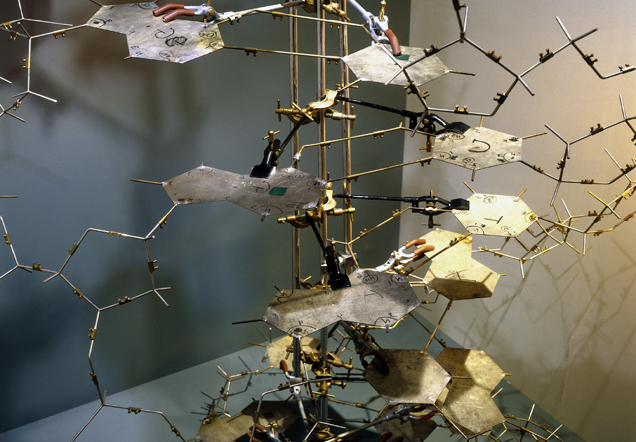Each day as part of the Great British Innovation Vote – a quest to find the greatest British innovation of the past 100 years – we’ll be picking one innovation per decade to highlight. Today, from the 1950s, Double Helix: Discovering the structure of DNA.
Almost all frontiers of biological research in the 21st century owe their origins to the work of two Cambridge scientists (James Watson and Francis Crick) and their contemporaries at King’s College London (Rosalind Franklin and Maurice Wilkins).
Watson and Crick’s collaboration began in 1951, drawing on a range of evidence – including chemical techniques and X-ray crystallography – to determine the elusive structure of deoxyribonucleic acid (DNA). A breakthrough arrived when Watson was shown Rosalind Franklin’s X-ray crystallography photos of DNA, which clearly suggested a helical structure. As Watson wrote in his memoir: ‘The instant I saw the picture, my mouth fell open and my heart began to race’.

Understanding the structure of DNA, particularly how a sequence of simple nucleotides (A, C, G & T) can encode genetic information, has revealed ‘the secret of life’ – as Francis Crick announced in a Cambridge pub in 1953. A decade later, Crick, Watson and Wilkins were awarded the Nobel Prize for their work (Franklin missed out as Nobel prizes are not awarded posthumously).
Click here to more images of Watson and Crick’s DNA molecular model.